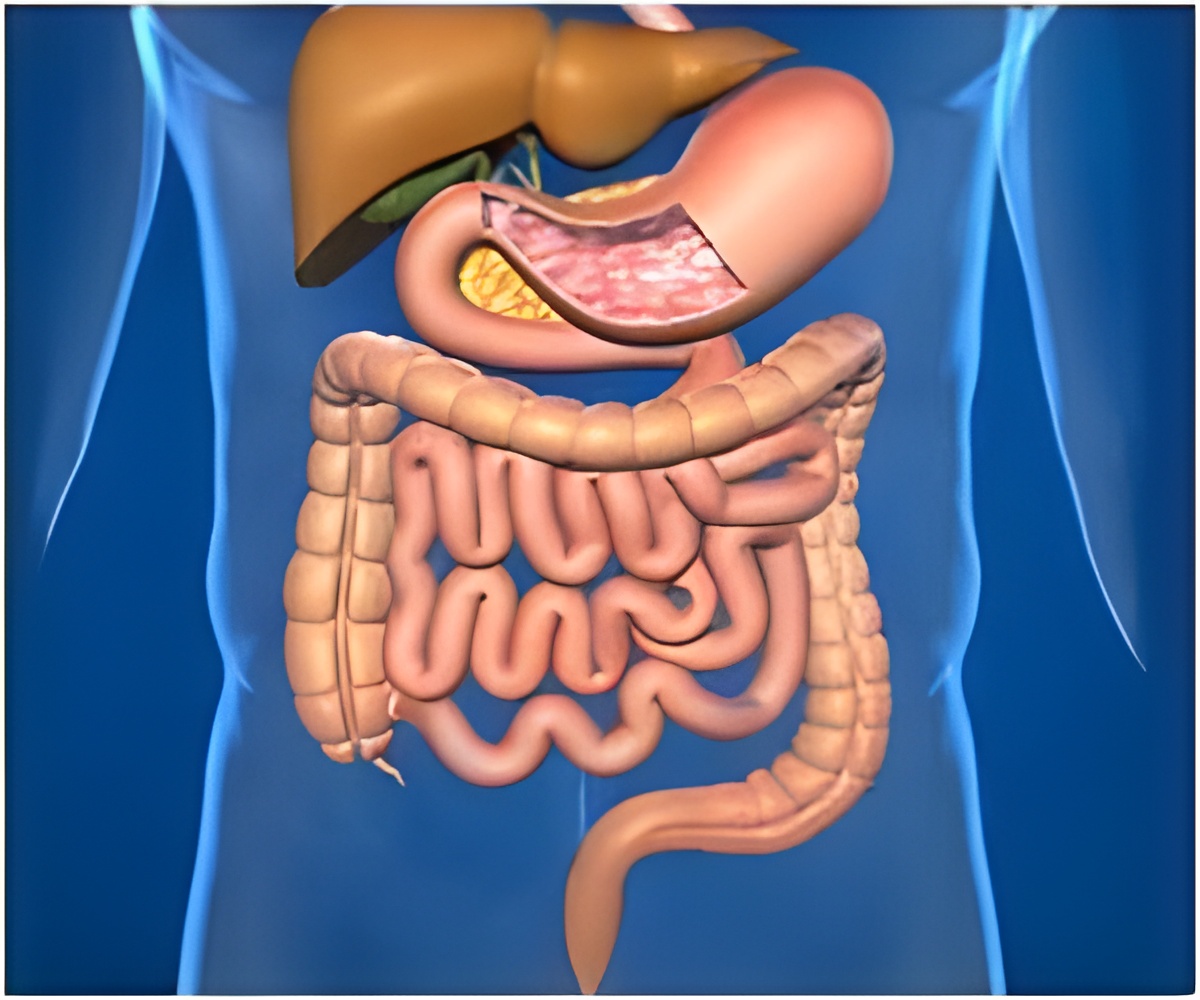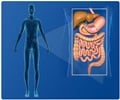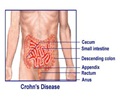
While there is currently no cure for IBD, there are drug therapies aimed at reducing inflammation and preventing the immune response. Because these therapies aren't always effective, scientists hope to use stem cells to develop an injectable cell therapy to treat IBD.
The research findings are reported online in the FASEB Journal (the journal of the Federation of American Societies for Experimental Biology) by senior researcher Graca Almeida-Porada, M.D., Ph.D., professor of regenerative medicine at Wake Forest Baptist's Institute for Regenerative Medicine, and colleagues.
The new research complements a 2012 report by Almeida-Porada's team that identified stem cells in cord blood that are involved in blood vessel formation and also have the ability to migrate to the intestine.
"We've identified two populations of human cells that migrate to the intestine – one involved in blood vessel formation and the other that can replenish intestinal cells and modulates inflammation," said Almeida-Porada. "Our hope is that a mixture of these cells could be used as an injectable therapy to treat IBD."
The cells would theoretically induce tissue recovery by contributing to a pool of cells within the intestine. The lining of the intestine has one of the highest cellular turnover rates in the body, with all cell types being renewed weekly from this pool of cells, located in an area of the intestine known as the crypt.
Advertisement
The cells also known to modulate inflammation were injected into fetal sheep at 55 to 62 days gestation. At 75 days post-gestation, the researchers found that most of the transplanted cells were positioned in the crypt area, replenishing the stem cells in the intestine.
Advertisement
Almeida-Porada said that while the two studies show that the cells can migrate to and survive in a healthy intestine, the next step will be to determine whether they can survive in an inflamed intestine.
Source-Eurekalert














